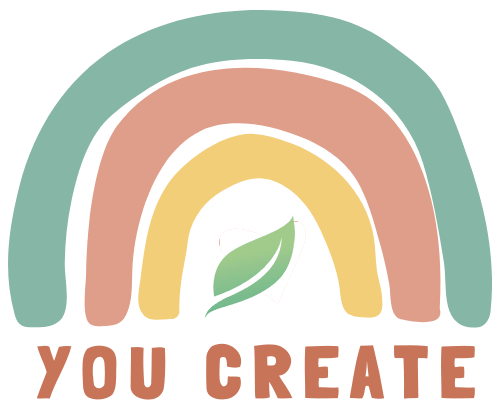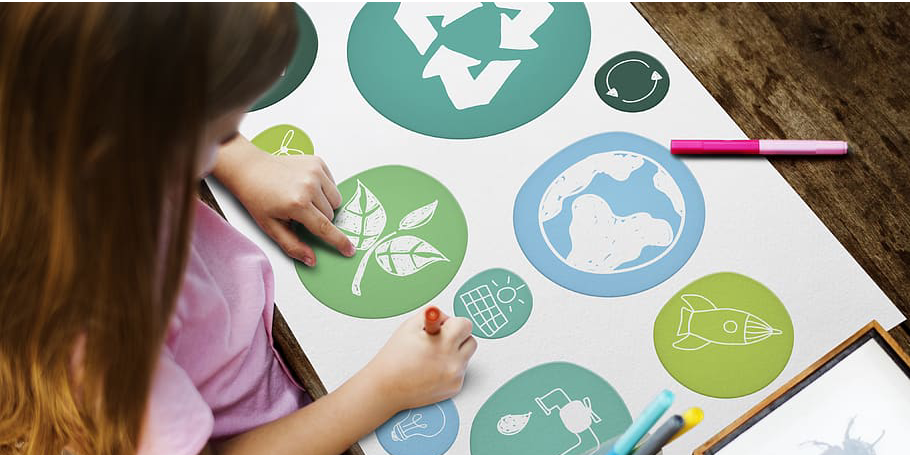| Title | Eco-Schools |
|---|---|
| Organizers | Foundation for Environmental Education (Denmark) |
| Protagonists/target group | children, youngsters, teachers, schools, local authorities |
| Objectives |
|
| Link to the source | https://www.ecoschools.global/our-history |
Background
In 25 years, Eco-Schools have developed from a European educational program to a global model for environmental education and sustainability at the international level.
1992 – Eco-Schools developed as a response to the needs identified at the United Nations Conference on Environment and Development.
1994 – Eco-Schools launched in Denmark, Germany, Greece, and the United Kingdom with the support of the European Commission.
When the programme was launched in 1994, it ran a logo competition for Eco-Schools, for an image that would visualize environmental school education and student involvement. The winning entry formed today’s logo with people as the center of the programme, who are responsible for greening the future. This is symbolised by the flowers growing from the central person’s arms. The flowers symbolise both the environment that shelters and protects humans, as well as the knowledge gained by students who participate in the programme and whose actions help develop values, attitudes, and behavior towards the environment. The book in the logo represents schools and knowledge, with two different pages; the blue page represents the past, the history that one needs to familiarise with and the problems in society already created and need to be dealt with. The white page represents the future, a blank page to be filled with new knowledge and innovative experiences.

